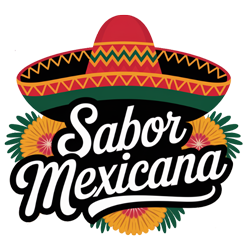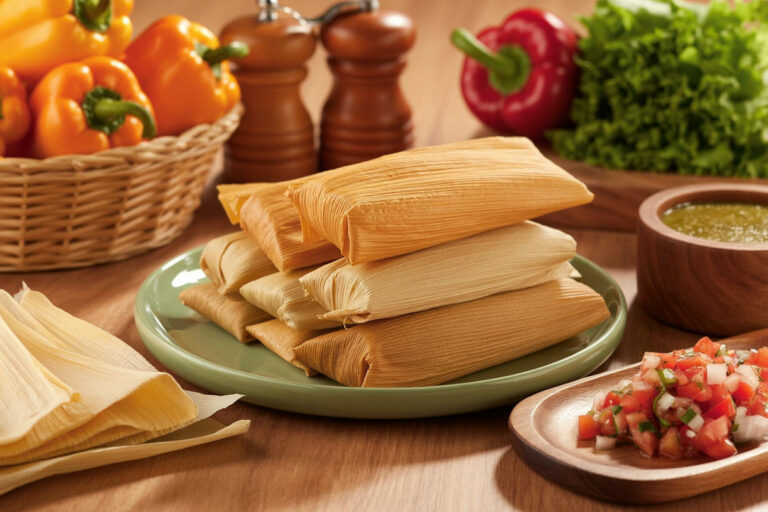Food is more than sustenance—it is memory, heritage, and community. Nowhere is this more evident than in the Mexican-Caribbean region, where festivals and celebrations serve as living stages for a cuisine rooted in indigenous tradition, colonial history, and tropical abundance. From the tamales lovingly wrapped during a tamalada to the sizzling jerk chicken of Caribbean street festivals, food takes center stage in uniting families, marking seasonal cycles, and preserving culture. This article explores the vibrant interplay of food and festivity across Mexico’s Caribbean coast and the greater Caribbean basin, tracing how celebrations transform everyday dishes into symbols of joy, reverence, and identity.
A Culinary Crossroads of Heritage
The Mexican Caribbean—stretching through Quintana Roo, the Yucatán Peninsula, and coastal Riviera Maya—is a rich cultural fusion of ancient Maya traditions and Spanish colonial legacies, enhanced by tropical influences shared with the wider Caribbean. Corn, beans, and chiles remain foundational, yet these staples meet with fresh seafood, citrus, avocado, and tropical fruits like mango, tamarind, and papaya. The result is a culinary identity both distinctly Mexican and unmistakably Caribbean.
Festivals, from indigenous rituals to modern culinary expos, provide the backdrop for showcasing this fusion. Food here is never just a plate of nourishment; it is storytelling. Each festival dish embodies history—whether it’s mukbil pollo, the Yucatec Mayan underground-cooked tamal for Day of the Dead, or Creole curries served during Trinidad’s Carnival.
Signature Culinary Festivals of the Mexican Caribbean
Riviera Maya Wine & Food Festival
Held annually across Riviera Maya and Grand Costa Maya, this festival is a contemporary celebration of the region’s culinary identity. International chefs, sommeliers, and winemakers gather to host multi-course dinners, wine tastings, cooking demonstrations, and food pairings. It is both a nod to the globalized nature of cuisine and a reaffirmation of local ingredients, showcasing how Caribbean seafood or Yucatecan recados (spice pastes) can stand alongside French or Italian culinary traditions.
Puerto Vallarta International Gourmet Festival
Though not on the Caribbean coast, this November tradition reflects a similar celebratory spirit. Running since 1995, it features chef masterclasses, gala dinners themed “The Spirit of Mexico,” and curated brunches. Its longevity reflects the region’s deep appetite for positioning food as a cultural art form and international draw.
The Sacred Mayan Journey (Travesía Sagrada Maya)
Perhaps the most unique of the Mexican-Caribbean festivals, this event reenacts a Mayan pilgrimage from Playa del Carmen to Cozumel. Rooted in ancient ritual, participants row canoes across the Caribbean Sea, culminating in feasting and offerings to Ix Chel, the goddess of fertility. Traditional dishes of maize, cacao, and fresh seafood frame the celebration, tying the modern performance directly to pre-Hispanic heritage.
Communal Celebrations Through Food
Tamalada: A Family Affair
Few gatherings express Mexican communal values as beautifully as the tamalada. Around holidays, families and friends come together to make tamales—a process requiring many hands, from spreading masa onto corn husks to filling with meats, chiles, or beans. The tamalada is less about efficiency and more about togetherness. The laughter, storytelling, and bonding over steaming pots of tamales create lasting memories that extend beyond the meal itself.
Candlemas Tradition
On February 2, families mark Candlemas by eating tamales prepared by whoever found the figurine in the rosca de reyes bread of Epiphany. The tradition beautifully illustrates how Catholic ritual merged with indigenous foodways to create a uniquely Mexican celebration in which food and folklore intertwine.
Día de los Muertos in the Yucatán
Perhaps Mexico’s most famous festival, Day of the Dead (November 1–2) combines somber remembrance with celebratory feasting. In the Yucatán, families prepare mukbil pollo—a giant tamal wrapped in banana leaves, buried in an underground pit oven, and shared among relatives. Altars are decorated with pan de muerto (a sweet bread symbolizing life and death), sugar skulls, tamales, and drinks like atole and champurrado. Food becomes an offering to both the living and the dead, embodying memory and love.
Indigenous and Regional Expressions
Guelaguetza in Oaxaca
Though celebrated outside the Caribbean coast, the Guelaguetza offers insight into the role of food in indigenous identity. This July festival features colorful dances, parades, and crafts, alongside Oaxacan dishes like mole negro, tlayudas, and mezcal. In its emphasis on reciprocity, shared food, and collective joy, it mirrors similar traditions in Caribbean celebrations, reaffirming how food anchors cultural pride.
Yucatán’s Gastronomic Heritage
The Yucatán’s cuisine is deeply tied to its Maya roots: dishes like cochinita pibil (slow-roasted pork marinated in achiote) and sopa de lima (lime soup) highlight local ingredients. These meals often feature prominently in religious or seasonal festivals, further embedding them into the cultural calendar. Caribbean elements—plantains, tropical fruits, and seafood—add a coastal vibrancy that distinguishes the region’s food identity.
Caribbean Food Culture in Celebration
Across the Caribbean islands, food festivals and carnivals reflect the same principles of community, resilience, and joy found in Mexican traditions. The region’s cuisines are heavily influenced by African, Indigenous, and European heritage, making its festival dishes rich with history.
Festival de la Novilla, Puerto Rico
Every January in San Sebastián, this patron-saint festival combines agriculture, music, and food. A parade featuring an adorned heifer is followed by street food vendors serving local delicacies. Here, culinary traditions are inseparable from farming heritage, reminding participants of their roots in the land.
Carnival Food in Trinidad
Trinidad’s Carnival is famous worldwide for its music, masquerades, and food. Street stalls brim with corn soup, doubles (flatbread with chickpea curry), pholourie (fried dough balls with chutney), and rich curries. These dishes reflect the island’s Indian, African, and Creole influences. Eating during Carnival is not a side activity—it is central to the rhythm of celebration.
Creole Food Festivals
Events like Saint Lucia’s Creole Month or Anguilla’s Culinary Experience spotlight the farm-to-table ethos of Caribbean cooking. Rum tastings, seafood cookouts, and Creole spices highlight the region’s creativity in turning simple, local ingredients into memorable festival fare.
Barbecue as Celebration
One unifying theme between Mexico and the Caribbean is communal barbecue. In Mexico, barbacoa—meat slow-cooked underground with agave leaves—remains a staple of weddings, fiestas, and village festivals. Similarly, Jamaica’s jerk chicken and pork, marinated in allspice and Scotch bonnet peppers, are iconic festival foods. Both techniques emphasize gathering, patience, and shared enjoyment. Fire and smoke become not just cooking methods but symbols of festivity and community.
Food as Living Heritage
What emerges from both Mexican-Caribbean and wider Caribbean festivals is the understanding of food as a living heritage. These celebrations ensure that recipes, ingredients, and cooking methods are passed from one generation to the next. A grandmother teaching her granddaughter to wrap tamales during a tamalada is not just teaching cooking but embedding identity. A Trinidadian vendor serving doubles to Carnival-goers continues a chain of culinary storytelling that stretches back centuries.
Festivals amplify these stories by turning food into ritual, offering, and spectacle. Whether on altars for Día de los Muertos, on the streets of San Sebastián, or under the tents of the Riviera Maya Wine & Food Festival, dishes serve as vessels of memory and pride.
Conclusion: A Feast of Identities
Mexican-Caribbean food during festivals and celebrations is not just about flavor—it is about history, faith, joy, and belonging. From the maize fields of the Maya to the rum-soaked shores of the Caribbean, food accompanies dance, music, and ritual in weaving community. These dishes, prepared with care and consumed with delight, transform ordinary ingredients into extraordinary cultural expressions.
In celebrating through food, the people of the Mexican-Caribbean and the wider Caribbean remind us that the act of eating together is a celebration of life itself. Every tamal, every jerk chicken, every sip of atole or rum punch carries within it centuries of tradition and the promise of community yet to come.

